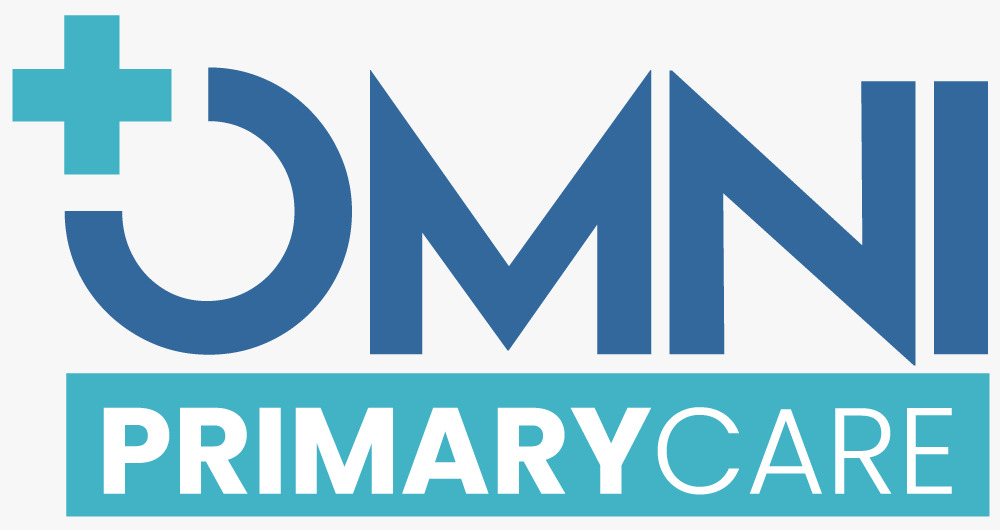



Osteoporosis is a disease in which bones become fragile and more likely to break (fracture).
Osteoporosis is the most common type of bone disease.
Osteoporosis increases the risk of breaking a bone. About one half of all women over the age of 50 will have a fracture of the hip, wrist, or vertebra (bones of the spine) during their lifetime. Spine fractures are the most common.
Your body needs the minerals calcium and phosphate to make and keep healthy bones.
Sometimes, bone loss occurs without any known cause. Other times, bone loss and thin bones run in families. In general, white, older women are the most likely to have bone loss.
Brittle, fragile bones can be caused by anything that makes your body destroy too much bone, or keeps your body from making enough new bone. As you age, your body may reabsorb calcium and phosphate from your bones instead of keeping these minerals in your bones. This makes your bones weaker.
A major risk is not having enough calcium to build new bone tissue. It is important to eat enough high-calcium foods. You also need vitamin D, because it helps your body absorb calcium. Your bones may become brittle and more likely to fracture if:
If you do not eat enough food with calcium and vitamin D
Your body does not absorb enough calcium from your food, such as after gastric bypass surgery
Other causes of bone loss include:
Other risk factors include:
There are no symptoms in the early stages of osteoporosis. Many times, people will have a fracture before learning they have the disease.
Fractures of the bones of the spine can cause pain almost anywhere in the spine. These are called compression fractures. They often occur without an injury. The pain occurs suddenly or slowly over time.
Fractures of the bones of the spine can cause pain almost anywhere in the spine. These are called compression fractures. They often occur without an injury. The pain occurs suddenly or slowly over time.
Medicines to treat osteoporosis can help prevent future fractures. Spine bones that have already collapsed can't be made stronger.
Osteoporosis can cause a person to become disabled from weakened bones. Hip fractures are one of the main reasons people are admitted to nursing homes.
Be sure you get enough calcium and vitamin D to build and maintain healthy bone. Following a healthy, well-balanced diet can help you get these and other important nutrients.
Other tips for prevention:
Medicines can treat osteoporosis and prevent fractures. Your provider can tell you if any are right for you.
Thin bones; Low bone density; Metabolic bone disease; Hip fracture - osteoporosis; Compression fracture - osteoporosis; Wrist fracture – osteoporosis